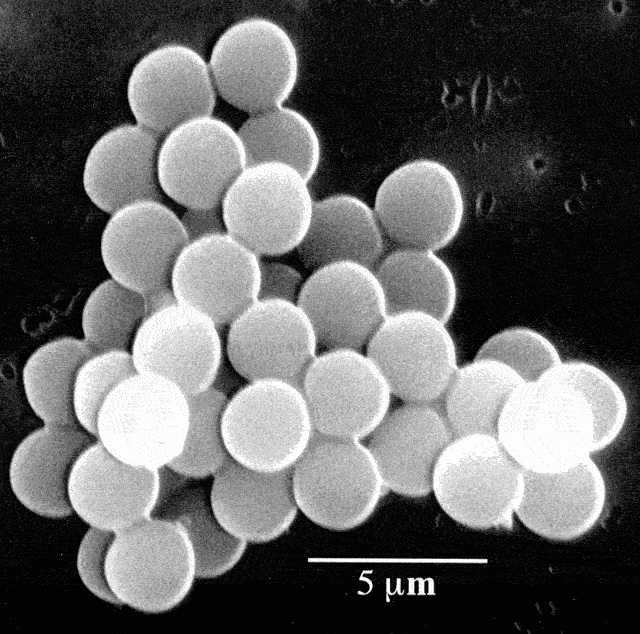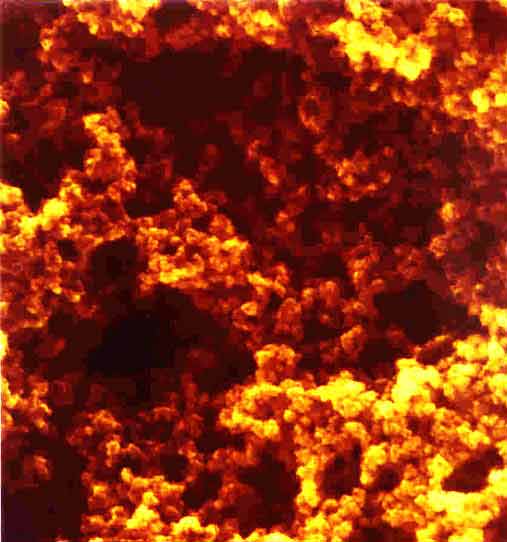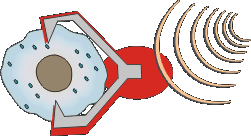Applications of Sonochemistry(SC)
| Typically the bubbles in SC are driven below their natural frequency at high pressure amplitudes; the bubbles undergo slow expansions and rapid, catastrophic collapses. The bubble compression is so violent that the gas in the bubble has been estimated (through computations and experiments) to reach ~5,000-8,000 Kelvin and >10,000 atmospheres on a nanosecond time scale. This intense local heating can drive significant gas phase chemical reactions which are important in a variety of applications. |
||||||
|
Other applications |
||||||
| Polymer and Biomaterial | One interesting application is the manufacture of protein micro-spheres. Proteins are dissolved in a liquid which is then irradiated with intense ultrasound to induce acoustic cavitation. When the bubbles are heated during the rapid collapse, water vapor in the bubble is dissociated into OH radicals. These radicals cause the protein molecules to cross link and a solid, spherical, protein shell is formed where the bubble once existed. The shells can be manufactured filled with liquid or gas; liquid filled spheres can be used for targeted or time released drug delivery and air-filled spheres are used as echo contrast agents in medical ultrasound (Suslick et al. 1999). |
 Fig4 - Protein microspheres produced sonochemically |
||||
 Fig5- Amorphous iron powder is formed from the ultrasonic irradiation of iron carbonyl |
Due to the rapid heating and cooling rates inside the bubble, SC is also useful for making amorphous nano-phase particles. These nano-particles can be useful as catalysts and have other unusual magnetic and electric properties (Suslick et al. 1999). Other applications of SC involve the overall degradation of organic species in contaminated water (Mason 1999). The remediation concept has been successfully tested using jet cavitation (Kalumuck 2001).
|
|||||
|
|
||||||
|
There are potential bio-medical applications of SC; sonodynamic therapy is a medical procedure that destroys tumor cells with ultrasound. Cavitation in the tissue promotes chemical reactions which activate certain drugs (sonosensitizers) that locally destroy tumor cells through focused ultrasound (Umemura et al. 1996). In shockwave lithotripsy (the destruction of kidney stones with focused shocks), bubbles grow to very large sizes due to a long negative pressure tail which follows an initial shockwave. The bubbles subsequently undergo a free collapse, producing chemical reactions where the effect of the reactions on healthy tissue is unknown (Matula et al. 2001). |

|
|||||
Pictures from:
http://www.scs.uiuc.edu/~suslick/britannica.html
